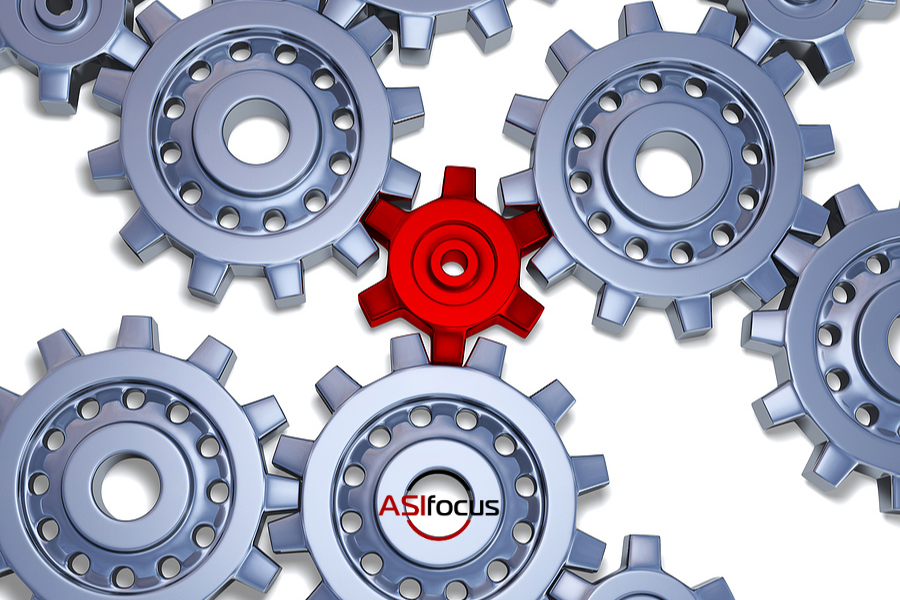While some accounting best practices, regulations, and processes are universal, manufacturers have several unique needs and considerations when it comes to accounting. Adapting accounting practices to align with manufacturing processes is crucial, particularly as a business expands and operations become more complex.
In the first place, manufacturers must have a sophisticated way to assess production costs. This includes not only the cost of individual items but also the expenses associated with all activities that contribute to the final product’s cost.
Understanding Manufacturing Costs
Profitability analysis should extend beyond simple profit and loss statements to include a thorough examination of manufacturing costs. This includes both material costs and the expenses associated with transforming these materials into finished products. Such an analysis is essential for determining appropriate product pricing and achieving desired profit margins.
In the realm of manufacturing, certain terms are fundamental for calculating product costs and managing inventory levels:
- Direct Materials: Direct materials refer to all the raw materials used in the production process that are directly associated with the final product. These materials are often detailed in a bill of materials, which lists quantities and costs for each material used in production.
- Direct Labor Costs: Direct labor represents the value of labor directly involved in producing goods, such as machine operators or assembly line workers. This typically includes wages for regular hours worked, overtime pay, and applicable payroll taxes.
- Manufacturing Overheads: Manufacturing overheads encompass all indirect costs related to production that are not directly tied to specific products. This can include expenses such as factory equipment maintenance and salaries for personnel not directly involved in manufacturing.
- Work-in-Process Goods: During production, there will be items that are not yet complete. These work-in-process goods represent an accumulation of direct materials, direct labor costs, and manufacturing overheads invested in each item within inventory.
- Finished Goods: Finished goods are products that have completed the manufacturing process and are ready for sale. The cost associated with finished goods includes storage expenses and other related costs.
On a typical manufacturing balance sheet, raw materials, work-in-process, and finished goods should be included in inventory calculations. Additionally, businesses may employ either periodic or perpetual inventory systems to monitor production line quantities at any given time.
Production Costing Methods
Selecting an appropriate costing method is essential for manufacturers seeking to maximize profitability. Various costing methods may be available through accounting software designed for manufacturers:
- Standard Costing: Standard costing involves setting predetermined rates for materials or labor used in production or inventory costing. This method allows for the calculation of labor and material costs per unit produced and helps identify variances that can inform pricing adjustments.
- Job Costing: Job costing is suitable for businesses that produce custom orders or operate on a small scale. It involves calculating the individual cost of manufacturing each product or project, allowing for precise pricing based on actual costs incurred.
- Activity-Based Costing: Activity-based costing allocates indirect costs more accurately by considering resource consumption. This method is beneficial for businesses with complex product mixes as it helps identify profitable products and areas for improvement.
Deciding which costing method to use should be a strategic choice, since it will affect many accounting processes.
Inventory Valuation
Effective inventory management is critical for manufacturers. At the end of an accounting period, valuing inventory helps determine the cost of goods sold and overall profitability. Various methods exist for valuing inventory:
- First In, First Out (FIFO): Assumes products are sold in the order they are received.
- Last In, First Out (LIFO): Assumes the last product received is sold first.
- Average Cost: Uses a weighted average of all products to determine inventory value.
- Specific Identification: Tracks individual items of inventory based on unique identifiers like serial numbers or RFID tags.
Just like costing methods, inventory valuation methods should be chosen with care.
Essential Features of Manufacturing Accounting Software
Accurate, up-to-date, and reliable data is crucial for gaining insights into your business operations. As a manufacturer, staying informed about material costs and other related expenses is vital for setting the right prices for your products.
You need manufacturing accounting software that can handle the intricacies of inventory calculations and the costs associated with producing your goods. Many manufacturers opt for an ERP such as Sage 100, which manages not only accounting but also planning and production tasks. An ERP enables seamless data flow between the production floor and administrative offices, ensuring access to precise, real-time information.
If your manufacturing company is interested in implementing an ERP, contact us or schedule your free consultation today.

